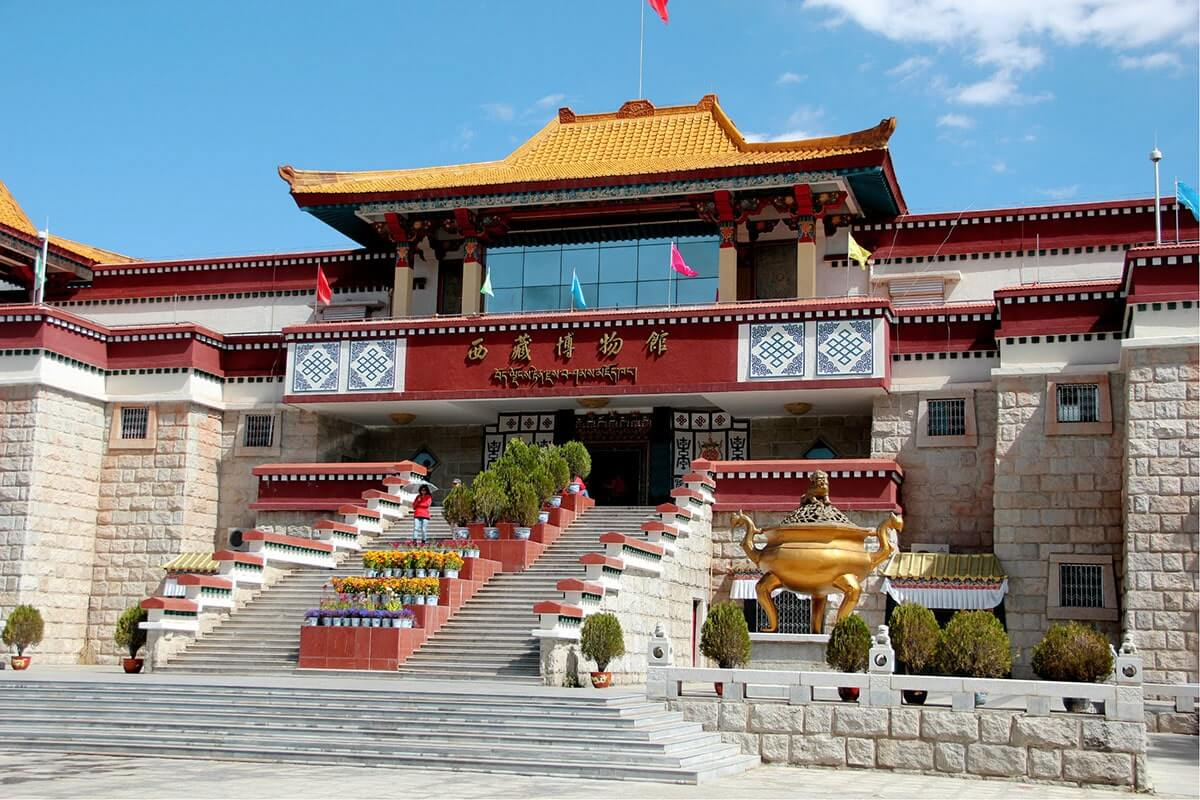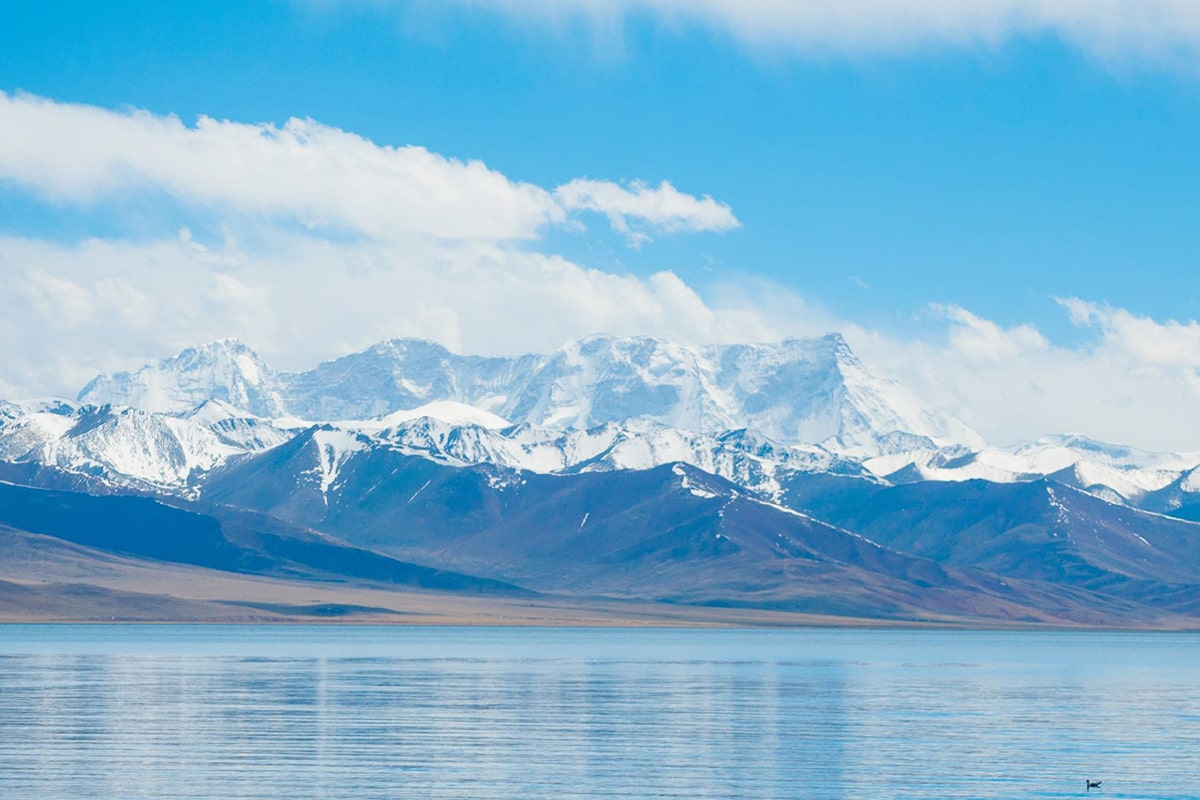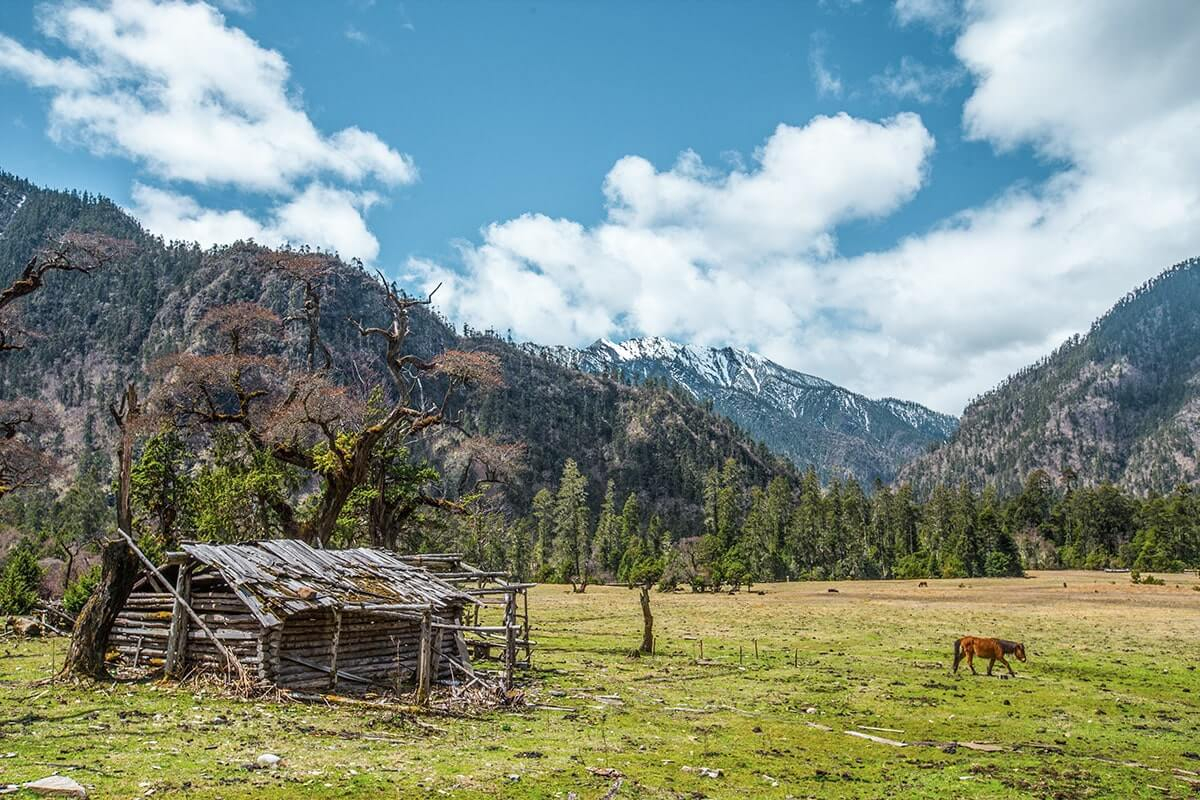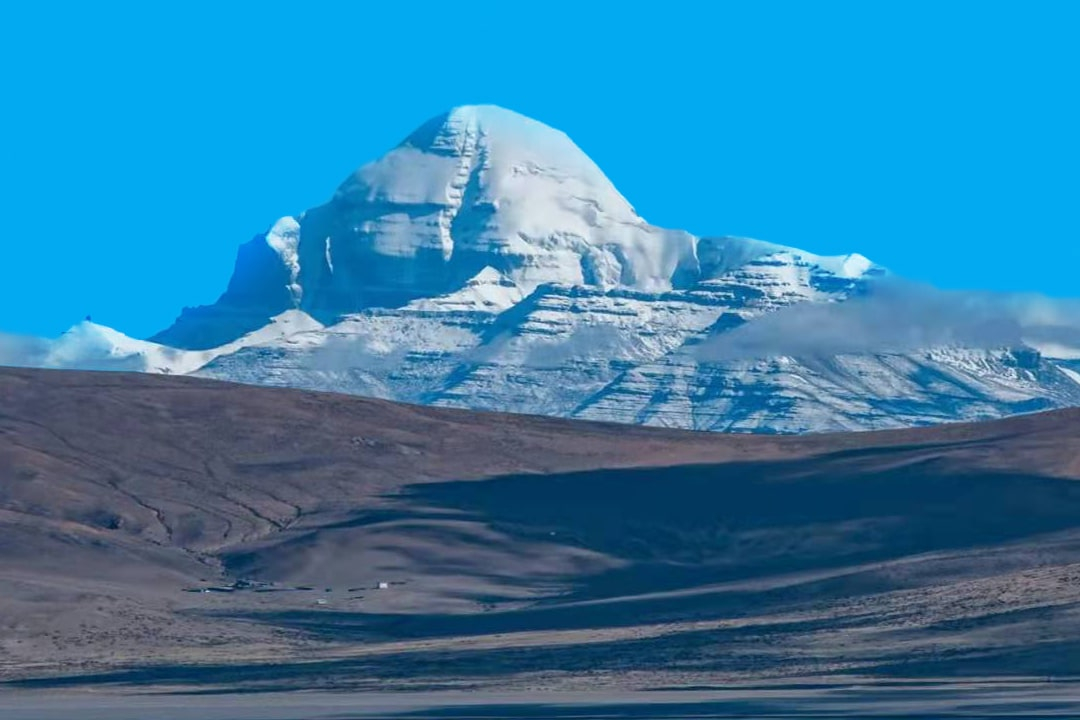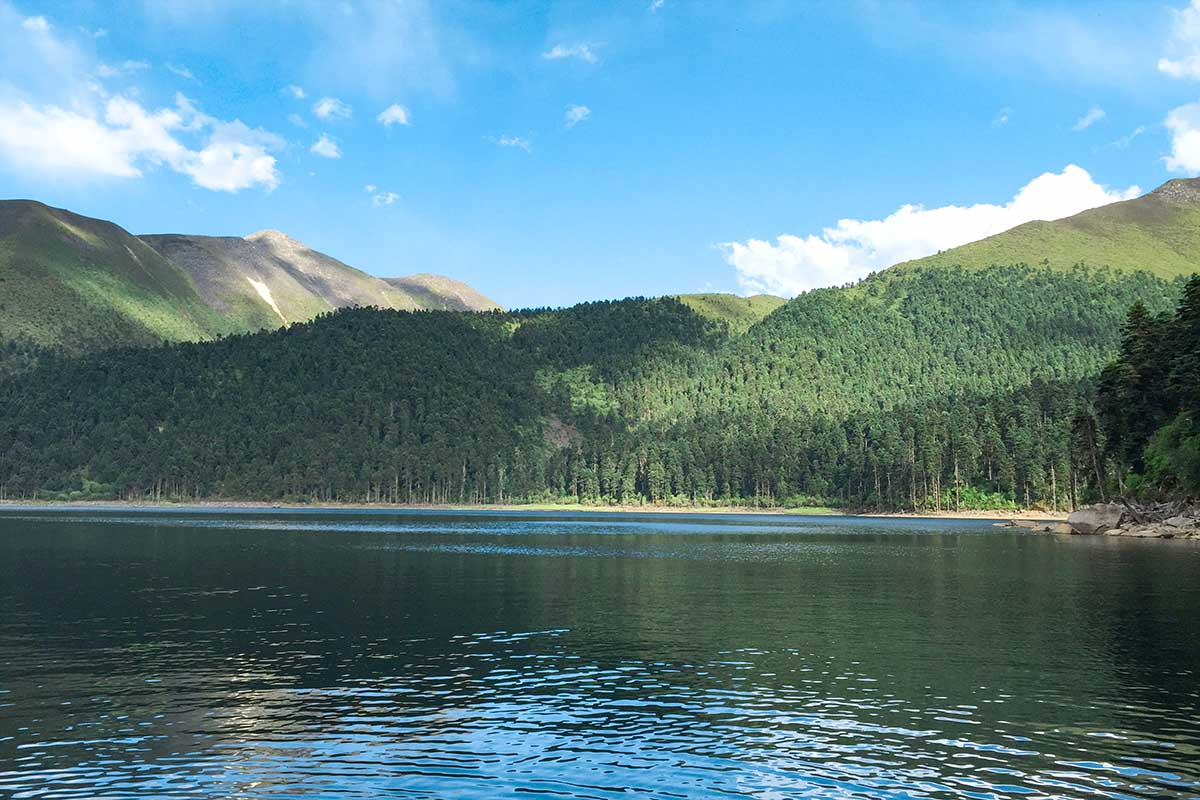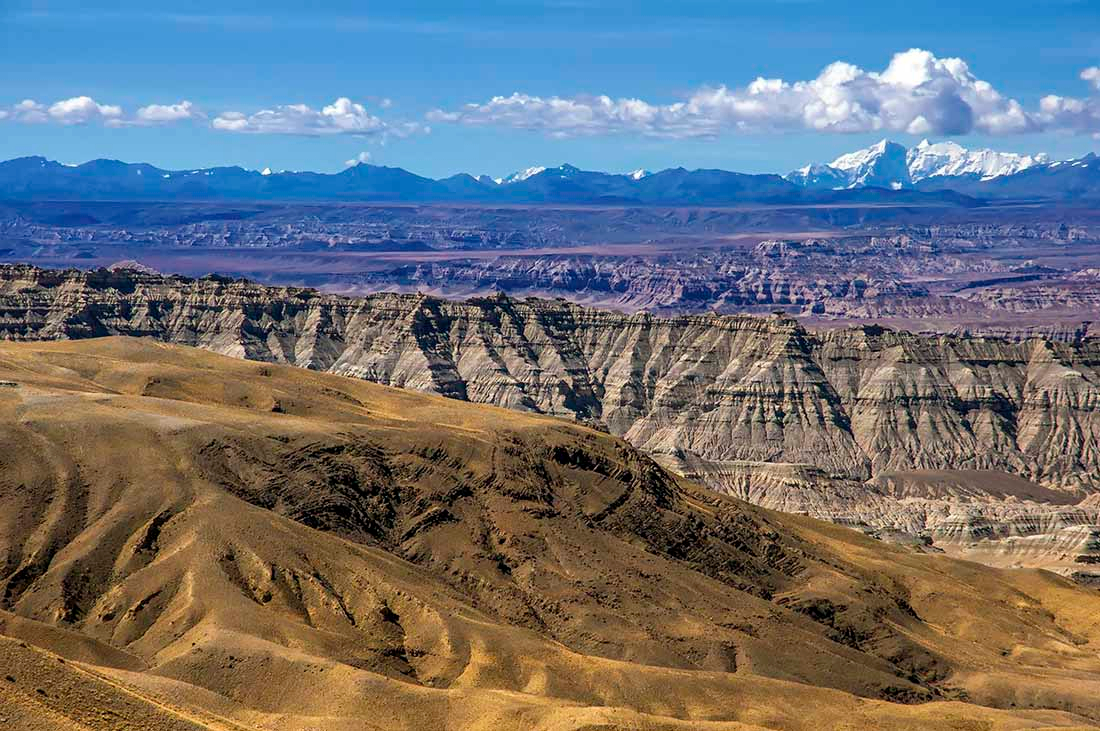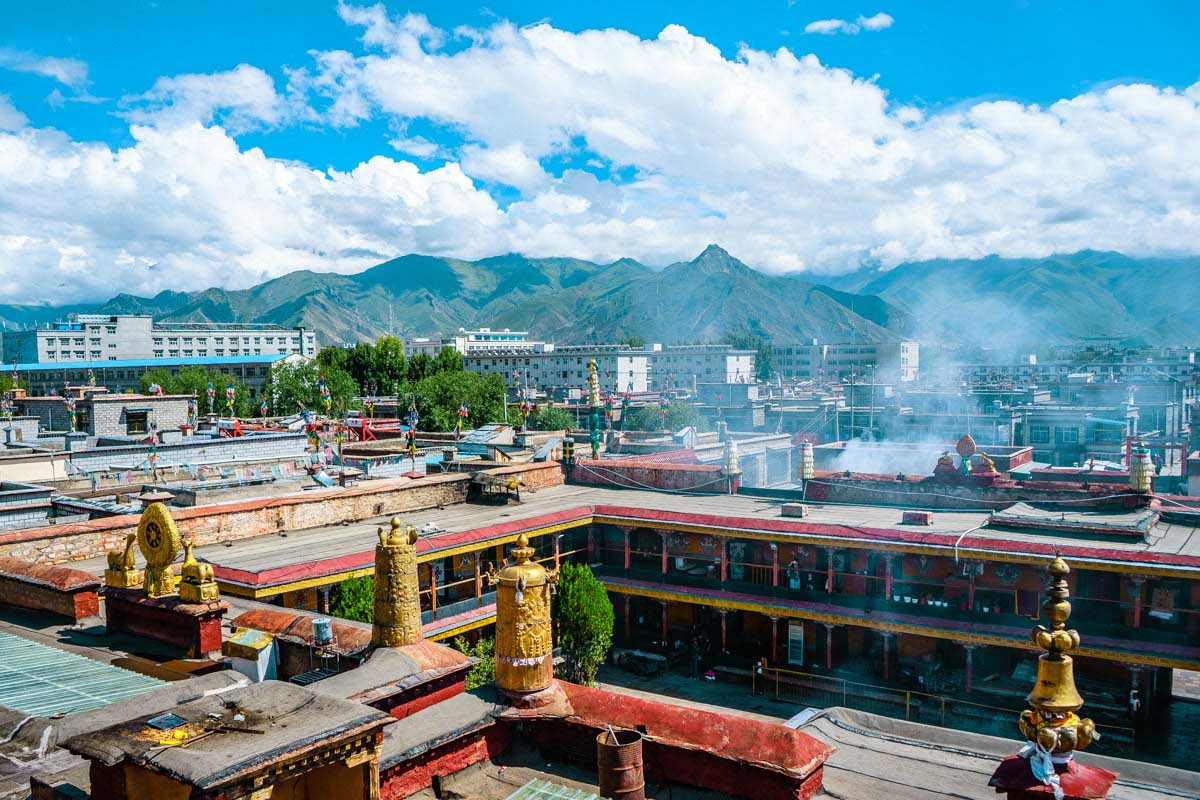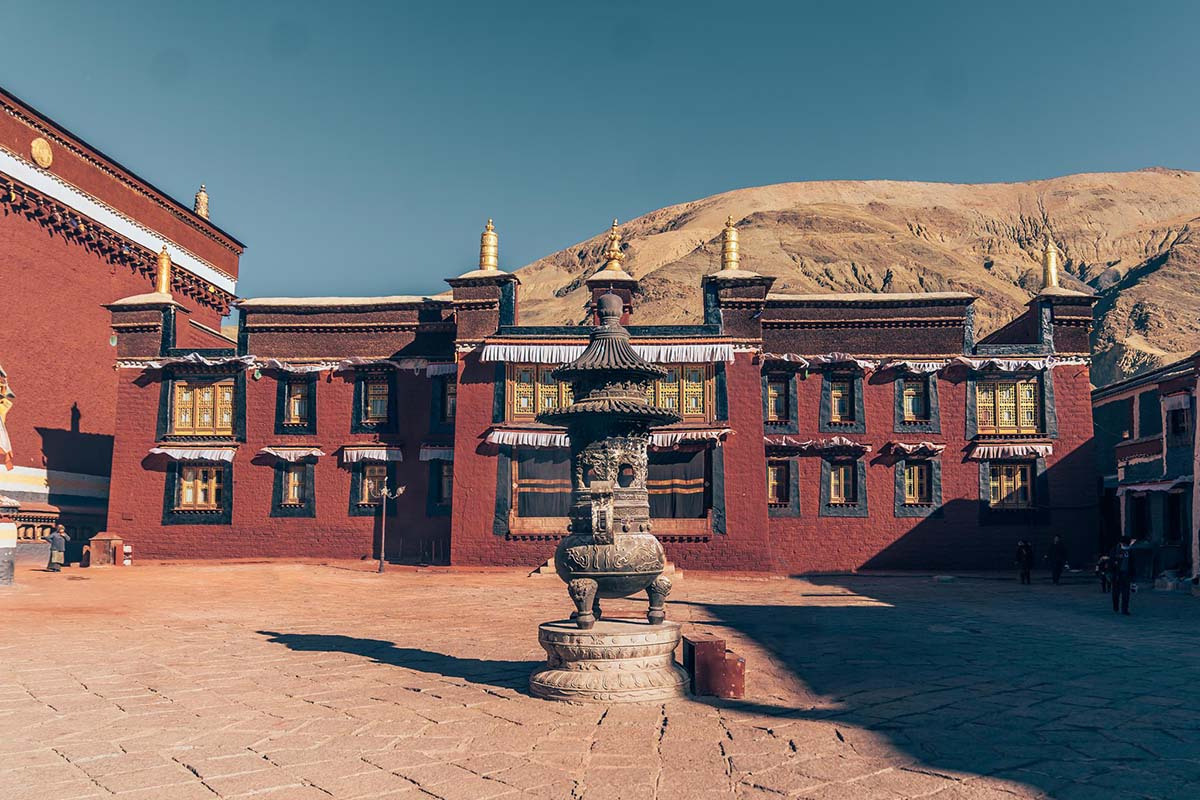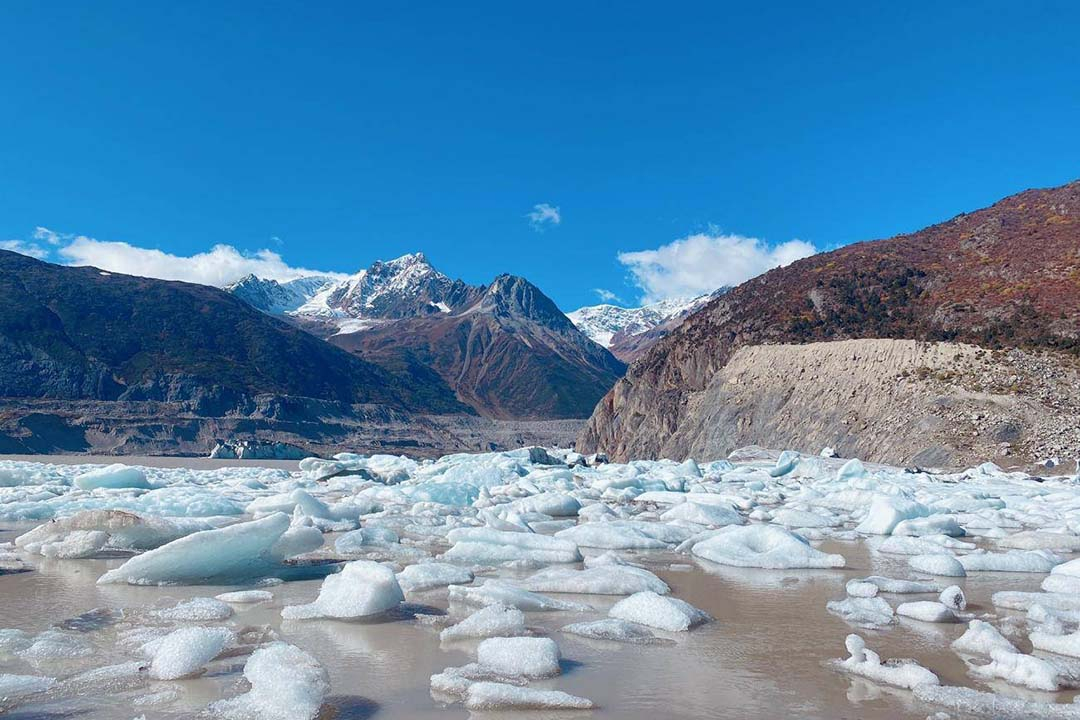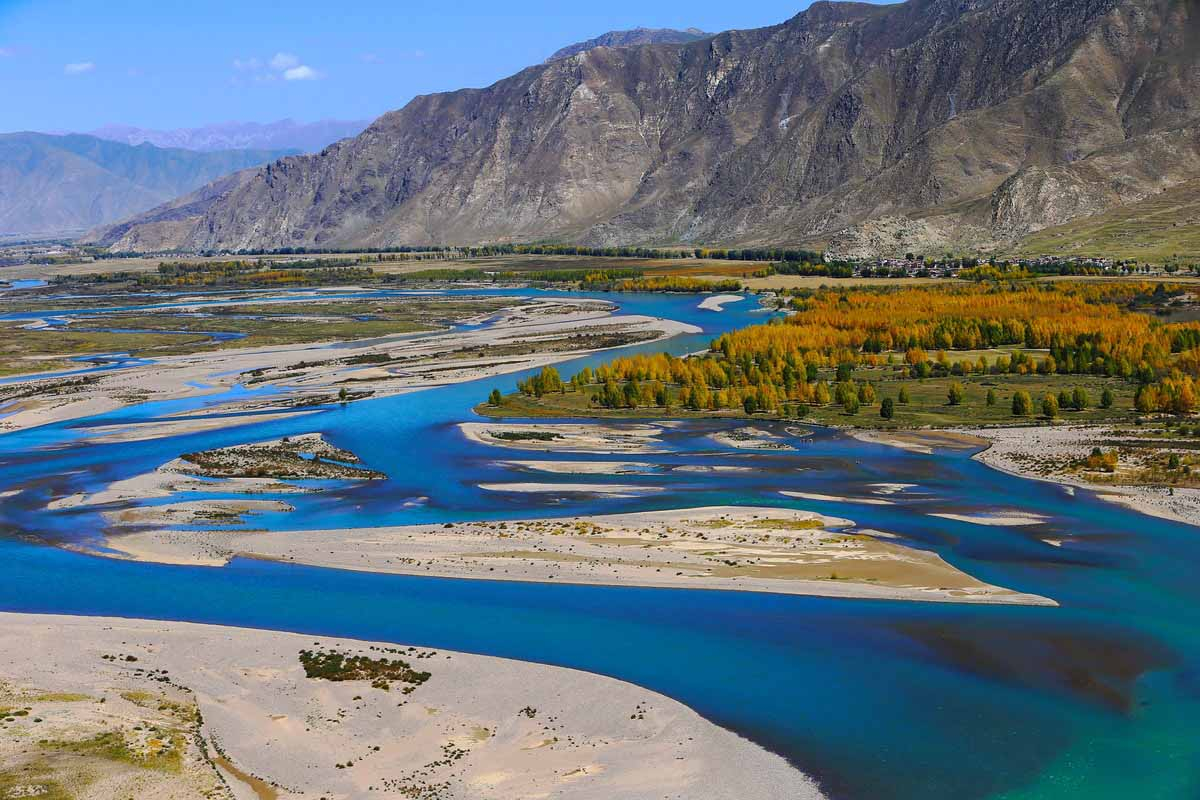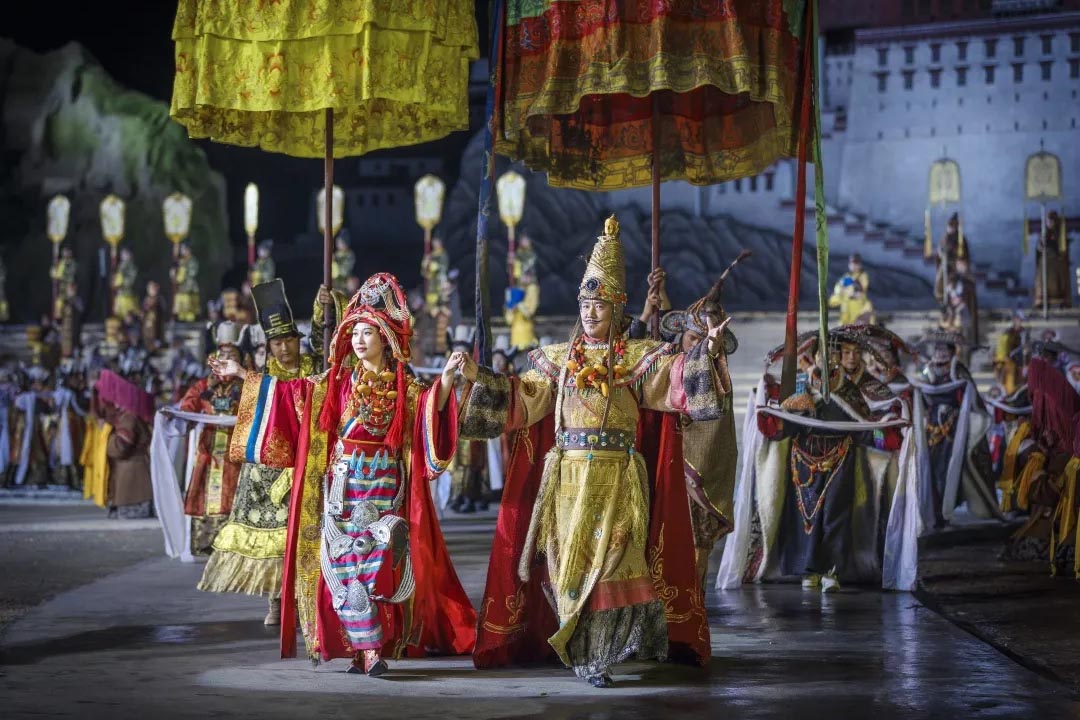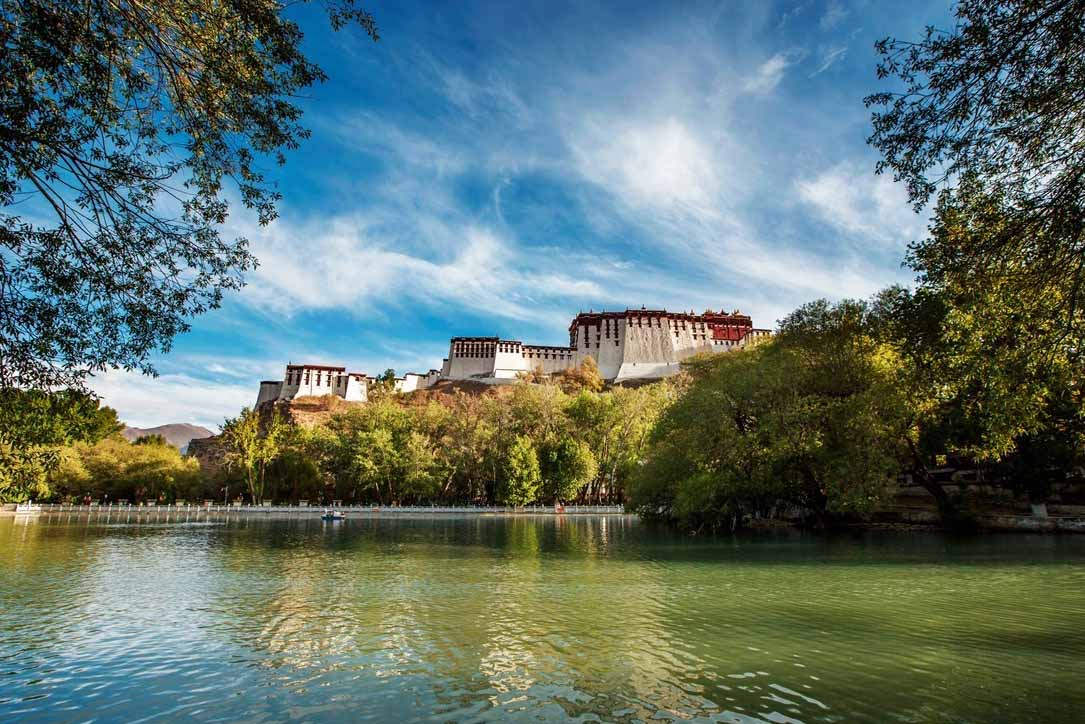Yamdrok Lake
Chinese name: 羊卓雍措湖 (Yang Zhuo Yong Cuo Hu)
Location: Ngarzhag County, Lhokha Prefecture, Tibet.( about 120km from Lhasa city)
Ticket: Free, viewing deck CNY120.00 during May-Oct, CNY600.00 during Nov-Apr
Estimated tour time: 2-3 hours
Recommended time to visit: May-Jun and Sep-Nov.
Elevation: around 4440m
Nearby attractions: Karola Glacier, Pelkor Monastery,Tashilhunpo Monastery, Potala Palace, etc.
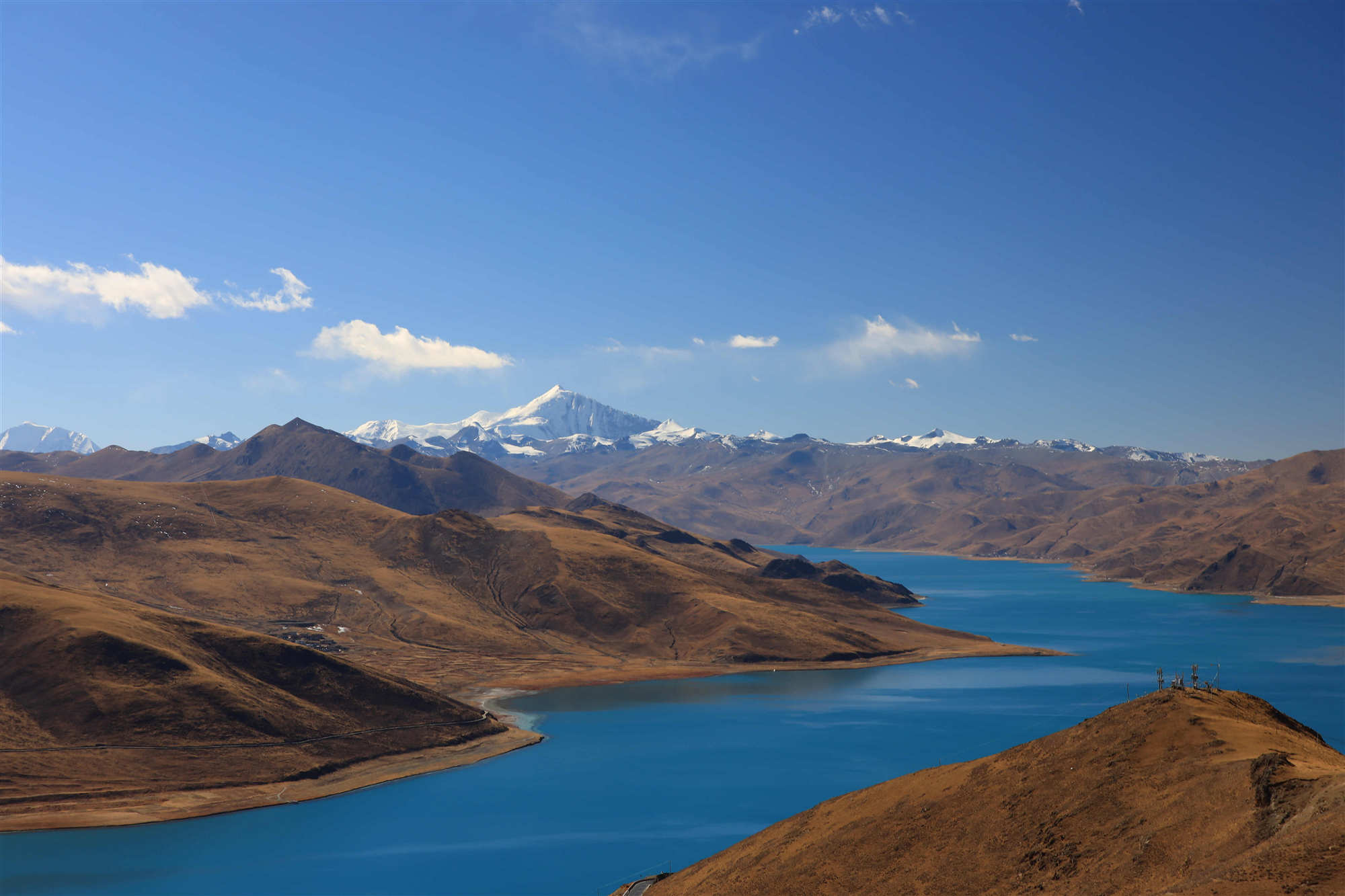
Yamdrok Lake (also known as Yamdrok Yumtso or Yamzho Yumco; ) is a freshwater lake in Tibet, it is one of the three largest sacred lakes in Tibet. Over 72 km long,it is the largest inland lake in the northern foot of the Himalaya Range. And as a quake lake, Yamdrok was formed by rivers being blocked by glacial debris flow about hundred million years ago. The shape of the lake is very irregular, it has many bifurcations, also lots of twists and turns on the lake bank. Yamdrok Lake used to be an outflow lake in history, the lake water flowed into the Yarlung Zangbo River. But the rivers had run dry and finally it became a big lake with several small lakes. The height difference of the lake was less than 6.5 meters.
Yamdrok Lake means "the jade lake on the pasture", which is one of the four sacred lakes in Tibet (the others are Lhamo La-tso Lake, Namtso Lake and Manasarovar Lake).
The lake is surrounded by many snow-capped mountains and is fed by numerous small streams. The lake has an outlet stream at its far western end and means turquoise in English due to its color.
In the eyes of Tibetans, Yamdrok Lake is regarded as the "scattered turquoise ear drop of the Goddess", and is a lake with two long arms of water, making it look like a coiling scorpion from the sky. Owing to this shape, no matter where you are, you can not see the whole picture of Yamdrok Lake.
Yamdrok Lake also has other 3 small lakes. They are like four sisters, formed the Yamdrok together. The lake winders in the mountains. Even when we stand by the lake, we only can see a part of it. But if you see it on the map or look down from above like a bird-eye view, you would be surprised to find her just look like an ear drop, and the mountains look like the ear that wearing an ear drop. At different moments of time, the lake shows different kind of blue like deep blue, light blue, turquoise blue, sky blue or cerulean, just too glorious to be true.
● Cultural significance
Like mountains, lakes are considered sacred by Tibetan people, the principle being that they are the dwelling places of protective deities and therefore invested with special spiritual powers. Yamdrok Lake is one of four particularly holy lakes, thought to be divinatory; everyone from the Dalai Lama to local villagers makes pilgrimages there. It is considered sacred as one of the four "Great Wrathful Lakes" guarded by the goddess Dorje Gegkyi Tso.The others such lakes are Lhamo La-tso, Namtso and Manasarovar. The lake is revered as a talisman and is said to be part of the life-spirit of Tibet. The largest lake in southern Tibet, it is said that if its waters dry, Tibet will no longer be habitable.
The lake, its islands, and the surrounding area are closely associated with Padmasambhava, the Second Buddha, who brought Buddhism to Tibet in 8th century AD.The lake is home to the famous Samding Monastery which is on a peninsula jutting into the lake. This monastery is the only Tibetan monastery to be headed by a female re-incarnation. Since it is not a nunnery, its female abbot heads a community of about thirty monks and nuns. Samding Monastery is where Samding Dorje Phagmo, the most important female incarnate Lama in Tibet, stayed and presided, and stands to the south of Lake Yamdrok Yumtso.
● Yamdork Lake Trekking
Yamdrok Lake is a sacred lake for Tibetans, and many pilgrims walk around it. It takes about seven days to walk around it, and some Tibetans complete the Kora or circumambulation with prostrations.
If you are staying in the Nangartse town, you can hike to the Samding monastery. It only takes a couple of hours and at the end, you will be rewarded by the great views from the monastery hill.
There are also great camping sites near the lake. If you want to spend more time walking by this magnificent lake, taking photos of migrating birds or visiting the monastery, you can camp here for a night.
● Best time to Visit Yamdork Lake
In the spring and autumn, the Yamdrok Lake is blue, the sky is transparent, and the climate is mild. It is most suitable for sightseeing. In every mid-November, Yamdrok begins to freeze and the best tourist season in Yamdrok Lake: it is more suitable for summer, July, August and September. The air is humid and the temperature is suitable. Yamdrok Lake is a low-concentration salt lake, which could frozen in every mid-November and has an ice thickness of 0.5m.
Visiting Yamdrok Lake in every spring and autumn, you may find the blue sky can be reflected on the lake. The water and mountains are very vivid, the shooting effect is the best, and the climate is mild and suitable for taking pictures. The surrounding grassland is rich and beautiful. If you are luck enough, in the beginning of November, during autumn and winter, there are migratory birds flying over the lake. The small island in the lake attracts birds from the north to spend the winter and feel the integration of animals and nature. For photographers with high requirements of the sky, they can choose spring and autumn.
- HOTEST
- RECOMMEND
